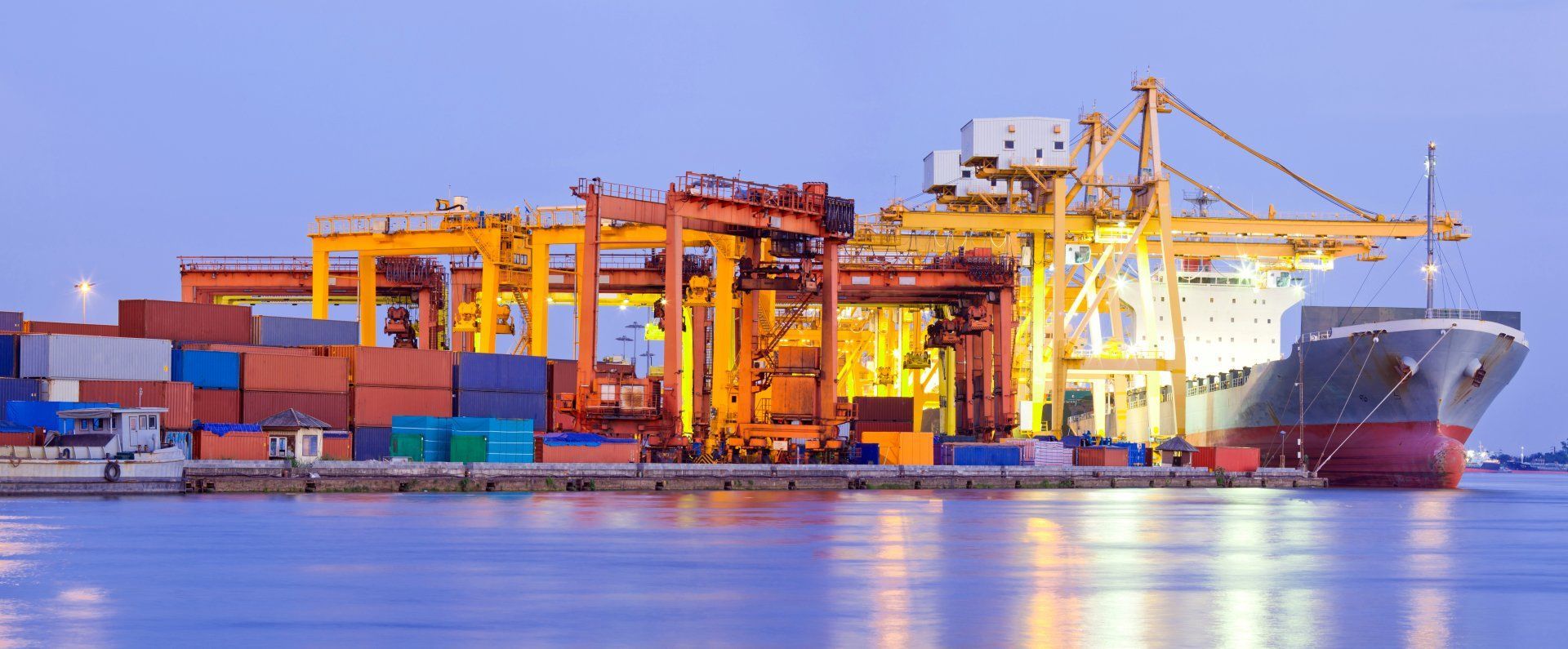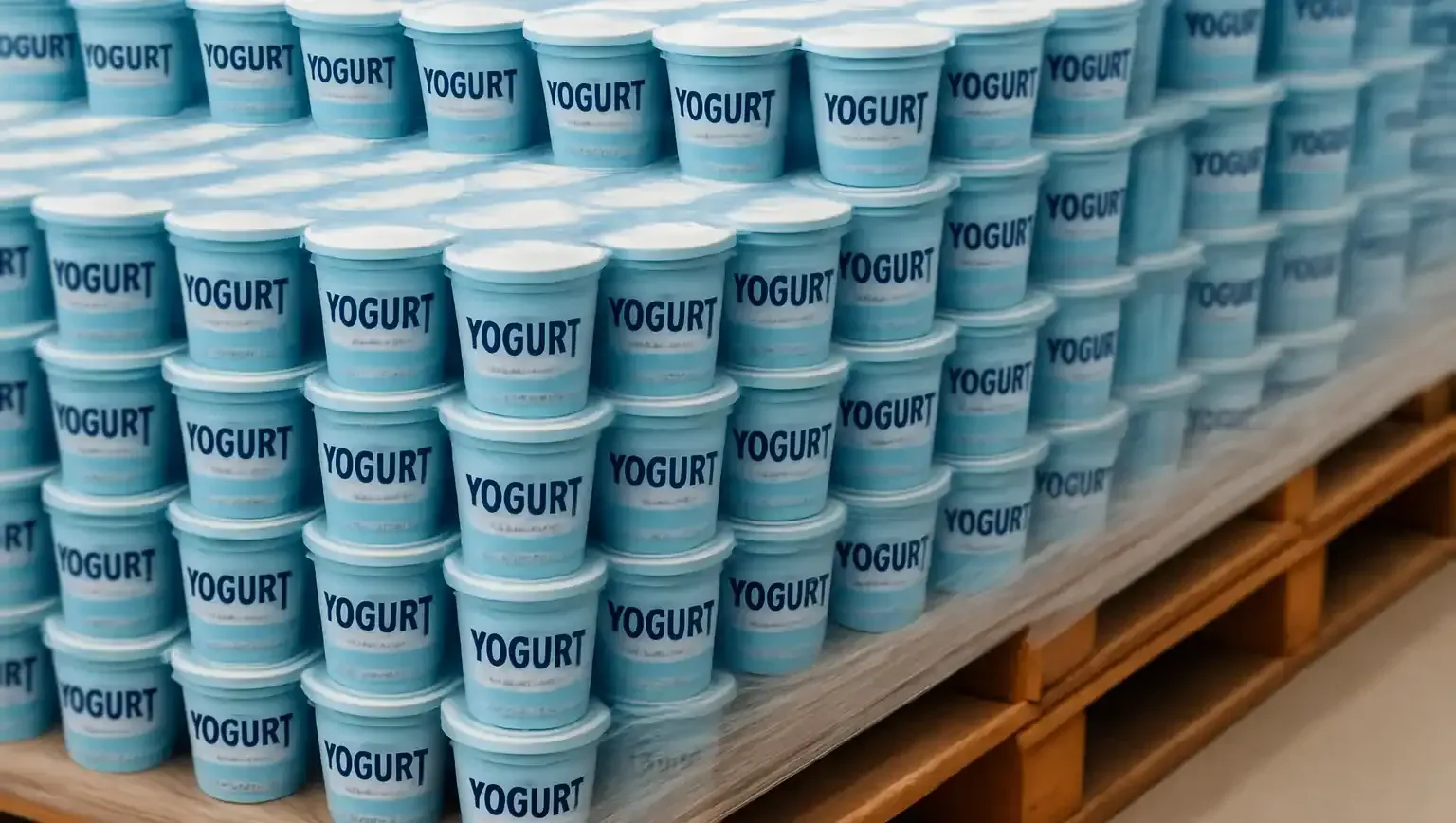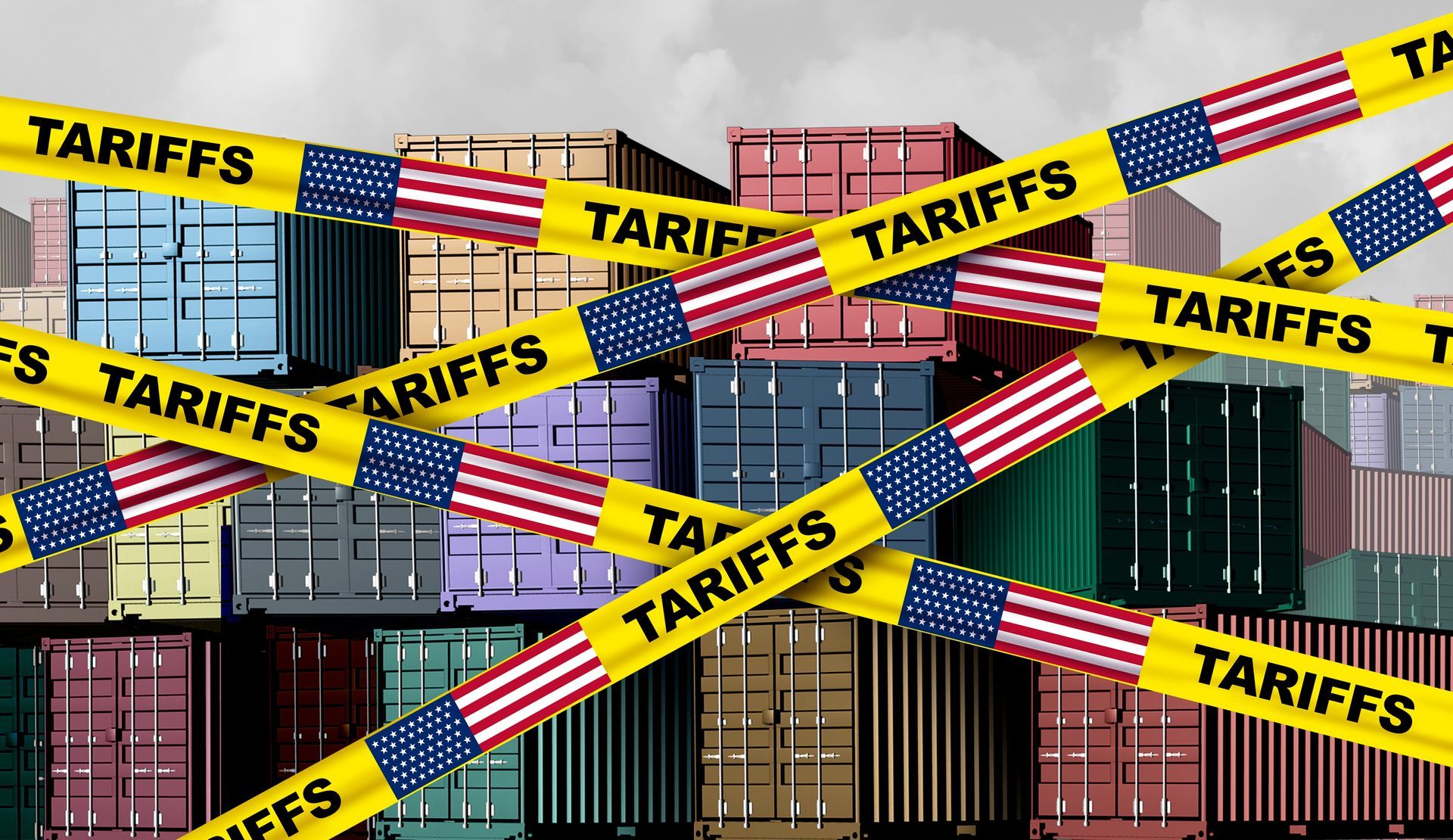Where do we stand with TFTEA
Two years in the works, the final transition to TFTEA is set to occur on February 24, 2019.

The deadline for the
implementation of the Trade Facilitation and Trade Enforcement Act of 2015
(TFTEA), is looming. Two years in the works, the final transition to TFTEA is
set to occur on February 24, 2019.
Customs has maintained
that the ultimate goal of TFTEA is to streamline and simplify the drawback process.
At this time, there are no formal regulations in effect, but the guidelines
have been released and reviewed extensively by the trade. After much
conversation and deliberation, the trade was allowed and has formally submitted
a response to Customs on these proposed regulations and now waits the allotted
90 days to find out how they have been received and what the final
determinations will be.
While the initial overall
plan with TFTEA was to file duty drawback using the HTS number (and eliminating
the part number), it would appear that it may not be that easy after all.
For
unused direct identification drawback, the proposed guidelines make reference
to using an indicator in addition to the HTS number. It is our belief that this
indicator will or can be the part number. Therefore, it would seem that we will still require the same data as
before and continue
to prepare
the unused direct identification claims in essentially the same way with
possibly some minor tweaks.
As for unused substitution
and manufacturing drawback, that indicator does not come into play. As we
transition to filing drawback according to the HTS number, as outlined in the
current guidelines, we will potentially be restricted with entries that can be
used. As currently written, entries that are used to file CORE claims
(pre-TFTEA), are restricted or disallowed when it comes to TFTEA.
Also, we are led to
believe that for unused substitution and manufacturing drawback, a claimant
will need to consider not only the average value of the items on the line of
the entry, but also the corresponding export value. They will need to use the “lesser
of” the two when claiming drawback in order to not overclaim. The regulations
will clarify these restriction and parameters. In the meantime, we are aware of
the possibilities and planning accordingly.
While the guidelines
provided a good sense of what we can expect with the regulations, until they
are finalized and released we will not know for certain. As we continue to be
involved in monthly teleconferences and conversations, ITM is fully prepared
for the final implantation of TFTEA on February 24, 2019. Contact ITM
today with any questions or concerns regarding TFTEA.
Get actionable advice on cost-saving strategies that boost your bottom line.
Subscribe here:




















